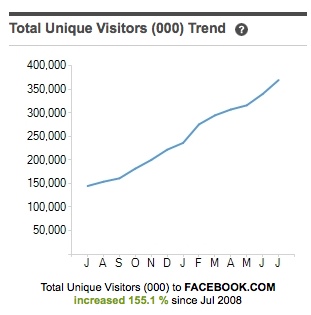Consumer Centric Health Care
I am for universal health care. To me that means that everyone in this country can obtain medical care when they need it.
That said, I dislike our current form of healthcare delivery in this country and always have. I'd like to see either single payer if we must have it or even better, a consumer centric health care system.
Yesterday I saw my friend Kurt Andersen send out this twitter message:
I clicked thru, saw a long six page article and then figured out (with the help of twitter) how to send it to my Kindle. I read the whole thing last night and this morning.
The author, David Goldhill, makes a very compelling case for a new kind of healthcare in this country that he calls "consumer centric".
You really should read the entire piece, but this paragraph near the end sums it up for me.
system is to move away from comprehensive health insurance as the
single model for financing care. And a guiding principle of any reform
should be to put the consumer, not the insurer or the government, at
the center of the system. I believe if the government took on the goal
of better supporting consumers—by bringing greater transparency and
competition to the health-care industry, and by directly subsidizing
those who can’t afford care—we’d find that consumers could buy much
more of their care directly than we might initially think, and that
over time we’d see better care and better service, at lower cost, as a
result.
Health insurance has never made any sense to me as a way to pay for regular health care expenditures. We pay for our own every day dental bills (because our firm does not provide dental insurance) and my wife and I can handle that as part of our annual expenses. Why shouldn't we pay for our every day medical bills the same way?
David Goldhill makes the point that we are using insurance for the wrong things in this country. We are using it as a way to finance healthcare broadly when it should only be used to fund catastrophic situations that cannot be paid for any other way (which is what insurance is designed for).
The benefit of a consumer centric health care system is we all would start paying attention to what all of this costs and negotiating ourselves for better prices and/or shopping around. That never happens except in the cases where the procedures aren't covered. And Goldhill makes a compelling argument that uncovered procedures have shown the benefit of a competitive market at work:
the competitive economy typical of most other industries. So people who
get LASIK surgery—or
for that matter most cosmetic surgeries, dental procedures, or other
mostly uninsured treatments—act like consumers. If you do an Internet
search today, you can find LASIK
procedures quoted as low as $499 per eye—a decline of roughly 80
percent since the procedure was introduced. You’ll also find sites
where doctors advertise their own higher-priced surgeries (which more
typically cost about $2,000 per eye) and warn against the dangers of
discount LASIK. Many
ads specify the quality of equipment being used and the performance
record of the doctor, in addition to price. In other words, there’s
been an active, competitive market for LASIK surgery of the same sort we’re used to seeing for most goods and services.
Goldhill's proposal is radical and to my untrained eye, it sounds right:
form of financing for health-care purchases; it would make use of
different sorts of financing for different elements of care—with
routine care funded largely out of our incomes; major, predictable
expenses (including much end-of-life care) funded by savings and
credit; and massive, unpredictable expenses funded by insurance.
The details of how to do all of this, including the important questions of what to do with the people who truly cannot afford to pay for their healthcare, are on the last page of the article, in the section called "A Way Forward".
As I said, I have an untrained eye on this subject and am no expert. Maybe this approach is flawed. And of course, as a wealthy person who can afford to pay for his family's healthcare even without insurance, I am somewhat immune to all of this.
But I believe in markets and competition. And I believe that our current approach of using big fat bureaucratic insurance companies to finance and manage healthcare is badly flawed. I'd prefer the government run the healthcare system to the way we are doing it now. But an even better approach would be to let us run it ourselves.
![Reblog this post [with Zemanta]](http://img.zemanta.com/reblog_b.png?x-id=4c3e063e-7596-4ea2-af58-224984182e3f)


![Reblog this post [with Zemanta]](http://img.zemanta.com/reblog_b.png?x-id=8227679a-864e-4b9b-b0df-9283d081923a)

![Reblog this post [with Zemanta]](http://img.zemanta.com/reblog_b.png?x-id=5ae87879-3336-4b25-aafd-f58fb8c4aabe)
![Reblog this post [with Zemanta]](http://img.zemanta.com/reblog_b.png?x-id=cfeaf037-28bd-40f2-b924-4a46548cd8e2)
![Reblog this post [with Zemanta]](http://img.zemanta.com/reblog_b.png?x-id=8dabdc9e-75c4-4fe5-800f-1313c2307547)